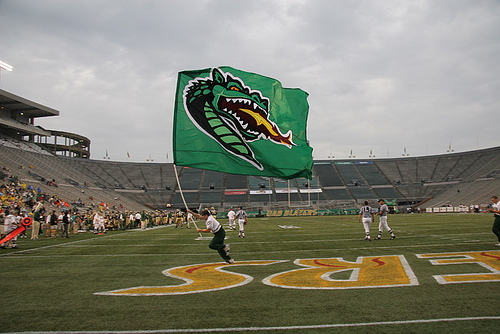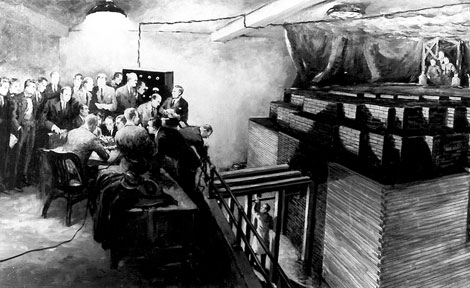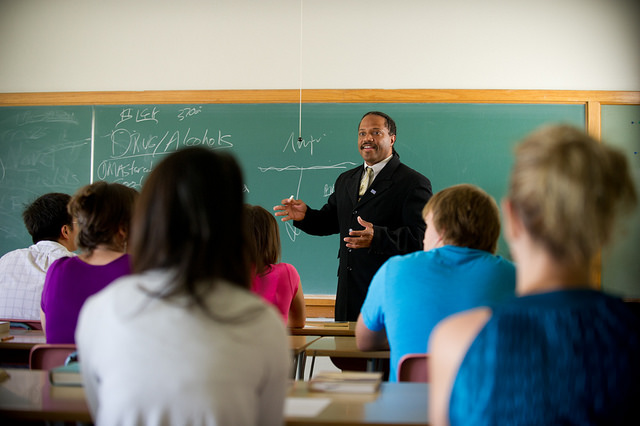UAB President Ray Watts has announced that the institution is “taking steps” to reinstate the football program just six months after eliminating it. I wrote at the time that the move was the right decision for the wrong reasons. Although members of the UAB community are understandably thrilled with the reversal, I’m not. In fact, I believe the announcement was the wrong decision for the wrong reasons.

President Watts, Chancellor Robert Witt, and the University of Alabama trustees grossly misrepresented the original decision to cut football. They also dramatically underestimated the backlash that would result.





